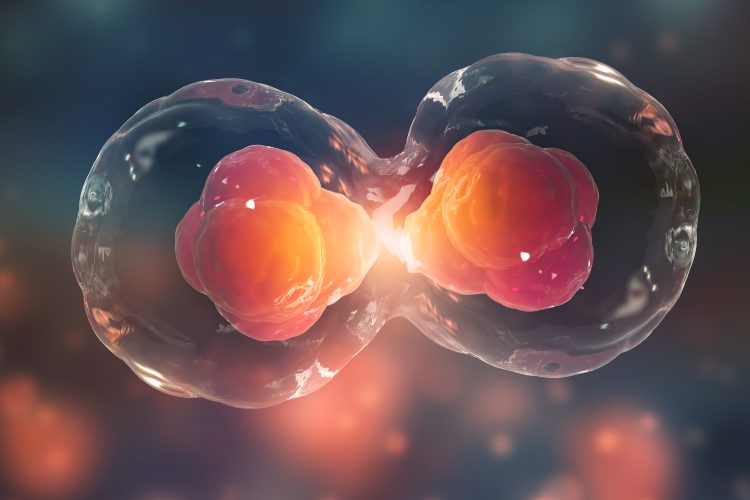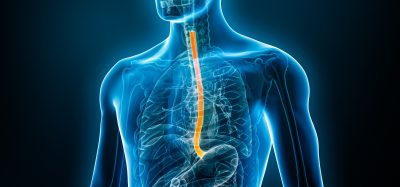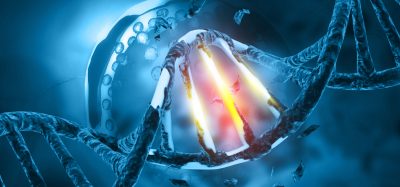Midbody remnants following mitosis could combat cancer
Posted: 13 October 2023 | Drug Target Review | No comments yet
Midbody’s role in cell signalling and stimulating cell proliferation offers an opportunity to detect cancer.


Published in Developmental Cell, Ahna Skop, genetics professor at University of Wisconsin-Madison and collaborators from the Pasteur Institute in Paris, Harvard Medical School, Boston University and the University of Utah analysed the contents of midbodies and tracked the interactions of midbody remnants set free after cell division.
The midbody remnant, previously thought to be the trash can of the cell, contains working genetic material with the influence to alter cells and potentially turn them into cancer.
It’s a surprise to many people, according to Ahna Skop that when one cell undergoes mitosis, the result is not just the two daughter cells.
“One cell divides into three things: two cells and one midbody remnant, a new signalling organelle,” said Skop. “What surprised us is that the midbody is full of genetic information, RNA, that doesn’t have much to do with cell division at all, but likely functions in cell communication.”
“People thought the midbody was a place where things died or were recycled after cell division,” Skop said. “But one person’s trash is another person’s treasure. A midbody is a little packet of information cells use to communicate.”
The midbody’s involvement in cell signalling and stimulating cell proliferation has been investigated previously, but Skop and her collaborators wanted to study midbody remnants more. RNA, a working copy of DNA used to produce proteins that make processes happen in cells, was found inside midbodies, as well as the cellular machinery needed to turn that RNA into proteins. The RNA in midbodies tends to be blueprints for proteins involved in activities that steer a cell’s purpose, for example for pluripotency, the ability to develop into any of the body’s many different types of cells, and oncogenesis, the formation of cancerous tumours.
“A midbody remnant is very small. It’s a micron in size, a millionth of a meter,” Skop explained. “But it’s like a little lunar lander. It’s got everything it needs to sustain that working information from the dividing cell. And it can drift away from the site of mitosis, get into your bloodstream and land on another cell far away.”
Many midbody remnants are reabsorbed by one of the daughter cells that shed them, but those that arrive on a distant surface could instead be absorbed by a third cell. If that cell swallows the midbody, it may mistakenly begin using the enclosed RNA as if it were its own blueprints.
Previous research demonstrated that cancer cells are more likely than stem cells to have ingested a midbody and its RNA. Stem cells, which give rise to new cells and are valuable for their pluripotency, get rid of many microbodies, maybe to maintain their pluripotency.
In the future, it may be possible to use midbody RNA to deliver drugs to cancer cells or to keep them from dividing.
“We think our findings represent a huge target for cancer detection and therapeutics,” stated Skop.
The researchers identified a gene, called Arc, that is vital to loading the midbody and midbody remnant with RNA. Absorbed from an ancient virus long ago, Arc also influences the way brain cells make memories.
“Loss of Arc leads to the loss of RNA in the midbody and a loss of the RNA information from getting to recipient cells,” Skop said. “We believe this memory gene is important for all cells to communicate RNA information.”
Skop and her collaborators also have a patent pending on two new methods that make it easier to isolate midbody structures from cell media or blood serum, improving cancer diagnostics.
Related topics
Cancer research, Oncology, RNAs
Related organisations
Boston University, Harvard Medical School, Pasteur Institute, University of Utah, University of Wisconsin-Madison
Related people
Dr Ahna Skop (University of Wisconsin-Madison)








